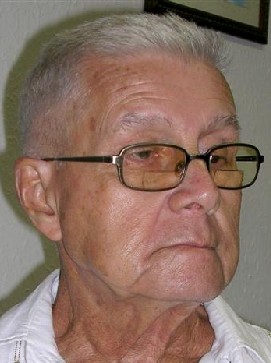4.1.3.9 Other poets belonging to the generation of 50

As always happens in literature, the so-called generation of the 50s was made up not only of poets who have transcended the scope of their time to figure in the collective memory, but also others with lesser qualities who nevertheless contributed to nourishing the lyrical panorama, ultimately serving as the base of the pyramid at the top of which are many of the authors already discussed in other sections. However, other voices are also woven into the poetic history of the nation.
Among these names are José Sardiñas Lleonart, with “Isla de sangre” (Blood Island), from 1949, and Ventura García, author of “Vendimia de primavera” (Spring Harvest), from 1947, and “La sonora inquietud” (The Sound of Restlessness), from 1948, which coincide in the orbit of neo-romanticism and echo the aesthetics of Juan Ramón Jiménez, whose influence extended for a good period in the 1940s and well into the 1950s.
Pedro de Oráa was also part of this group, with “El instante cernido” (The Sifted Instant), from 1953, a notebook that, while participating in the neo-romantic atmosphere, had stylistic and thematic links with the powerful Origenist imprint, thus establishing the most visible thread of this continuity.
Also from this period dates the volume “Las horas diferentes” (Different Hours), 1954, by Gustavo Navarro Lauten, which is associated with the epochal trend of neo-romanticism, also insisting on the path opened after Juan Ramón Jiménez’s passage through the Island.
Other authors who fall into this period are Miguel Álvarez Puga, author of a volume simply titled “Poetry” in 1953; Rómulo Loredo, “Sueños de azúcar” (Sugar Dreams), 1954; and Ángel N. Pou, with “Cantos de sol y salitre” (Songs of Sun and Saltpeter), 1954. However, they differ in terms of tendencies beyond the neo-romantic axis and show inequalities with respect to the level of artistic achievement inherent in their works.
Another poet who is certainly not a minor figure is José Álvarez Baragaño, author of “Cambiar la vida” (Changing Life) in 1952. His work does not follow the current romanticism but rather opts for an avant-garde poetic approach, permeated with significant surrealist elements, thus contributing to shaping the varied genre of our mid-century Parnassus.
Other authors who could also point out Isidoro Nuñez, with his intimacy close to Loynaz’s “one might say night”, José Guerra Flores, Carlos Dobal and Manuel Díaz Martínez – the latter author of “Frutos dispersos”, 1956 and “Soledad y otros temas”, 1957 – Roberto Branly, Oscar Alvarado, Antonio Giraudier and others who contributed pages, if not of notable aesthetic realization, at least of commendable representations of sometimes convulsive inner worlds, in the difficult situation of the imminent revolutionary cauldron.








